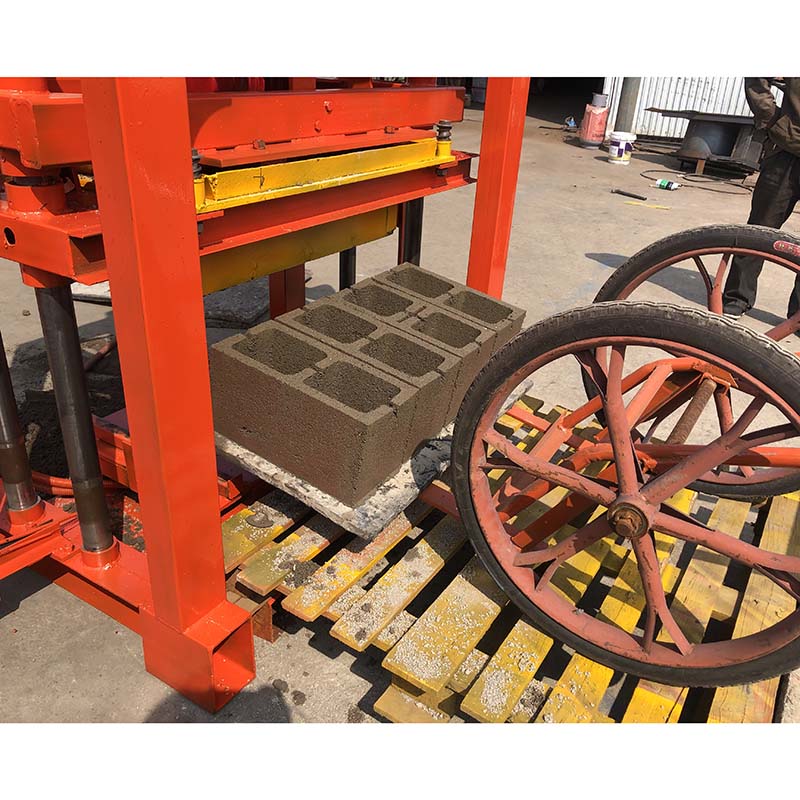
Image source:Aiwei block machine
Introduction
Affordable housing remains a critical challenge in African nations. Rapid urbanization, population growth, and limited resources have created a housing deficit that continues to expand. However, amidst these challenges, brick machines are emerging as a sustainable and cost-effective solution for addressing the affordable housing crisis. In this article, we will explore the role of brick machines in providing affordable housing solutions across African nations, the advantages they offer, and the potential they hold for reshaping urban landscapes.
1. The Affordable Housing Crisis in Africa
Population Growth and Urbanization: African nations are experiencing rapid population growth, with a significant portion of this population migrating to cities in search of better opportunities. This urbanization has placed immense pressure on housing infrastructure.
Limited Resources: Many African countries face resource constraints, making it challenging to finance large-scale housing projects and provide affordable housing options.
Informal Settlements: As a consequence, informal settlements and slums have proliferated in urban areas, lacking basic amenities and posing health and safety risks to residents.
2. The Role of Brick Machines in Affordable Housing
Affordability: Brick machines enable the production of bricks at a lower cost compared to traditional methods. This affordability can translate into more cost-effective housing solutions.
Speed of Construction: Brick machines produce bricks at a rapid rate, allowing for quicker construction of housing units. This efficiency can help address the urgent need for housing.
Local Sourcing: Brick materials are often sourced locally, reducing transportation costs and supporting local economies.
Durable and Resilient: Bricks are known for their durability and resistance to weathering, ensuring the longevity of housing structures.
Customization: Brick machines can produce a variety of brick sizes and designs, allowing for architectural flexibility and personalized housing solutions.
3. Case Studies: Successful Affordable Housing Projects
Kenya: The Affordable Housing Program
In Kenya, the government launched the Affordable Housing Program, which seeks to provide low-cost housing to citizens. Brick machines have played a pivotal role in this initiative. The program encourages the use of locally produced bricks, reducing costs and promoting sustainable construction practices.
South Africa: The NHBRC Subsidy Program
South Africa’s National Home Builders Registration Council (NHBRC) provides subsidies to low-income individuals to facilitate homeownership. The use of brick machines has been instrumental in constructing affordable housing units under this program. It has not only reduced construction costs but also improved the quality of homes.
Nigeria: The Family Homes Fund
The Family Homes Fund in Nigeria partners with private sector developers to construct affordable housing units. Brick machines have been adopted in various projects, making housing more accessible to low and middle-income Nigerians.
4. Advantages and Innovations in Brick Machine Technology
Interlocking Bricks: Interlocking brick machines produce bricks that can be assembled without mortar. This innovation reduces construction time and labor costs.
Eco-Friendly Materials: Some brick machines use eco-friendly materials, including recycled materials and compressed earth blocks, aligning with sustainable building practices.
Energy-Efficient Kilns: Modern kiln technologies reduce energy consumption during brick firing, contributing to lower production costs.
5. Challenges and Solutions
Access to Capital: Small-scale entrepreneurs often struggle to access financing for brick machine purchases. Governments and microfinance institutions can provide support through grants and affordable loans.
Land and Infrastructure: Access to land and basic infrastructure like roads and utilities can be a barrier to affordable housing projects. Governments can allocate suitable land and invest in infrastructure development.
Regulations and Permits: Streamlining regulations and permitting processes can expedite housing projects, reducing costs associated with delays.
Skilled Labor: A skilled workforce is essential for operating brick machines effectively. Vocational training programs can address this challenge by providing the necessary skills.
Conclusion: A Path to Affordable Housing
Brick machines have the potential to revolutionize affordable housing in African nations. Their affordability, speed of construction, and adaptability make them a viable solution to address the housing deficit. Collaborative efforts between governments, private enterprises, and communities can harness the advantages of brick machines to create sustainable and cost-effective housing options. As African nations continue to urbanize and grow, brick machines offer a pathway to not only alleviate the affordable housing crisis but also enhance the quality of life for millions of citizens, ultimately contributing to sustainable urban development.
